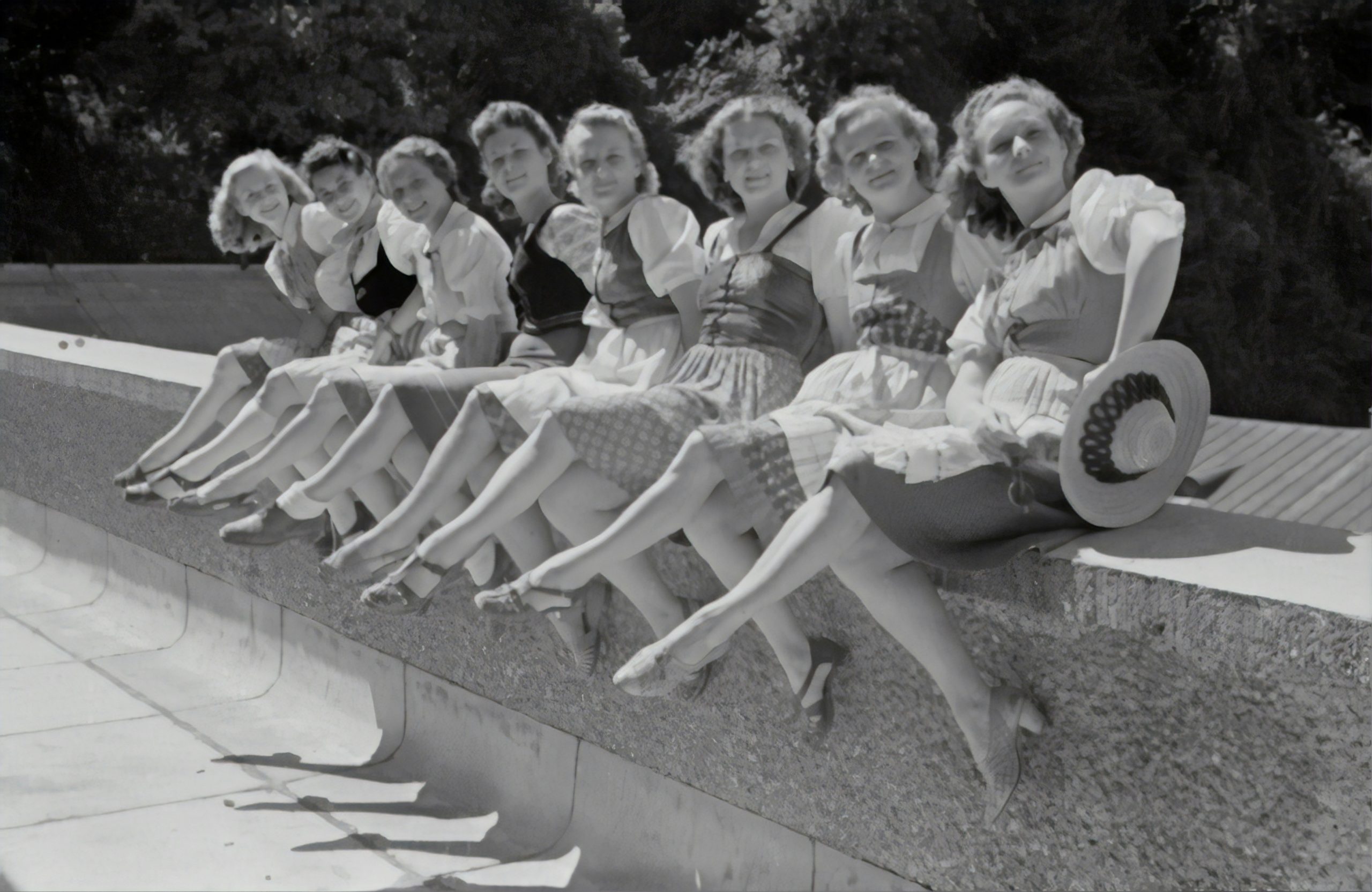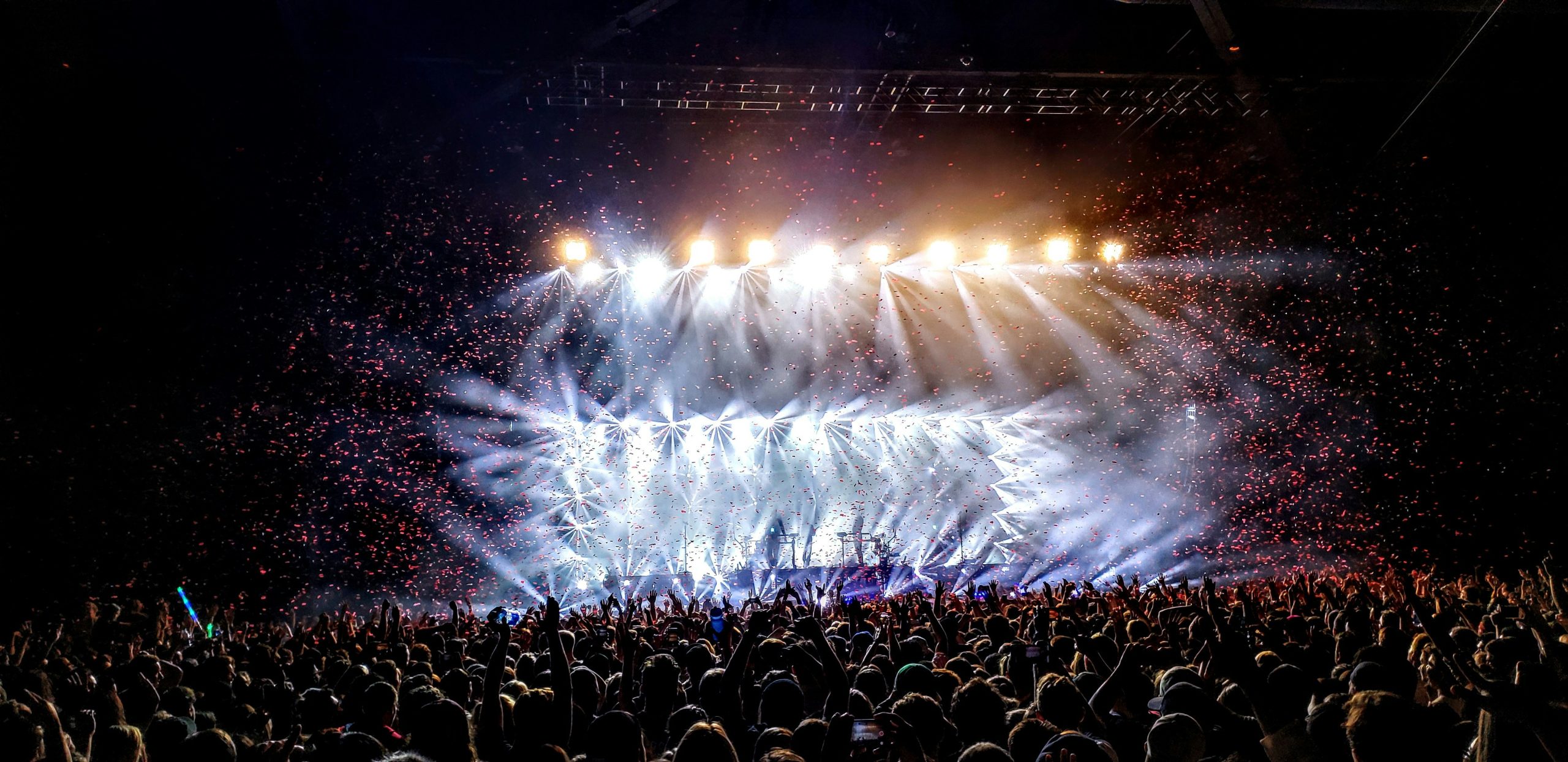
Media Influence on Sports: Shaping Narratives and Impacting Culture
Sports and media have always shared a symbiotic relationship, with each influencing the other in significant ways. Media, through various platforms such as television, print, and digital channels, plays a crucial role in shaping the narratives surrounding sports. This influence extends beyond mere reporting; it affects how athletes are perceived, which sports gain prominence, and even the cultural impact of sporting events.
The Power of Media in Shaping Sports Narratives
Media coverage of sports events and athletes contributes greatly to the public perception of these figures and the sports themselves. Here are key ways in which media influences sports narratives:
- Storytelling and Narrative Framing: Media outlets frame stories to create compelling narratives that capture audience attention. This can elevate athletes to hero status or highlight controversies that shape public opinion.
- Highlighting Stars and Building Icons: Through extensive coverage and analysis, media can turn athletes into cultural icons. For example, the media’s coverage of Michael Jordan in the 1990s helped elevate basketball’s popularity worldwide.
- Impact on Fan Engagement: Media platforms provide fans with access to information, analysis, and highlights, enhancing fan engagement and creating a global community around sports.
Case Studies: Media’s Role in Shaping Sports Narratives
1. Olympic Games Coverage
The Olympic Games are a prime example of how media shapes sports narratives on a global scale. Media coverage not only highlights athletic achievements but also emphasizes cultural and political aspects of the Games. For instance, the media’s portrayal of Usain Bolt as the fastest man on earth during the 2008 Beijing Olympics not only celebrated his athletic prowess but also cemented his status as a global superstar.
2. Football (Soccer) and Global Media Influence
Football, or soccer, demonstrates the profound influence of media on sports. European leagues like the English Premier League have leveraged media coverage to expand their global reach. Television broadcasting, online streaming, and social media have all contributed to making football a truly global phenomenon, with media shaping how fans perceive clubs, players, and rivalries.
The Role of Social Media in Modern Sports Coverage
In recent years, social media platforms have revolutionized sports coverage, providing athletes and fans alike with direct communication channels. Athletes can now engage with fans in real-time, bypassing traditional media channels to control their narratives and build personal brands. Conversely, social media can amplify controversies and scandals, sometimes overshadowing on-field achievements.
Challenges and Ethical Considerations
While media enhances sports visibility and fan engagement, it also faces challenges and ethical considerations:
- Sensationalism versus Authentic Reporting: Media outlets sometimes prioritize sensational stories over accurate reporting, which can distort public perception.
- Privacy and Intrusion: Athletes’ personal lives are often scrutinized by the media, raising concerns about privacy and the impact on mental health.
- Commercialization of Sports: Media coverage is often driven by commercial interests, influencing which sports receive extensive coverage and which are marginalized.
Conclusion
Media’s influence on sports is undeniable, shaping narratives that transcend athletic achievements to impact cultural, social, and economic spheres. As technology continues to evolve, so too will the ways in which media influences sports, presenting both opportunities and challenges for athletes, fans, and the industry at large.
Understanding the dynamics of media influence on sports narratives is crucial for appreciating how sports culture evolves and how athletes become more than just competitorsthey become symbols of broader societal trends and values.



